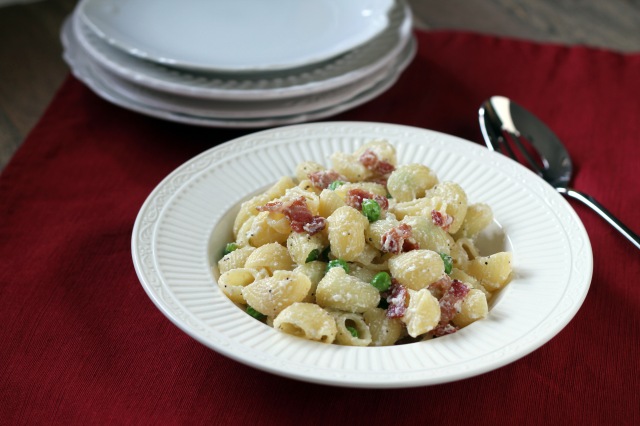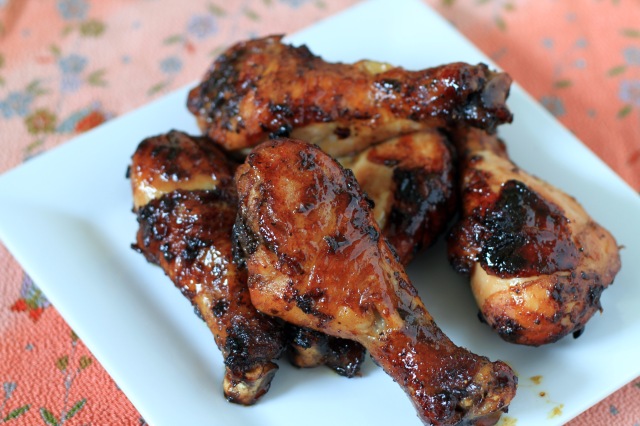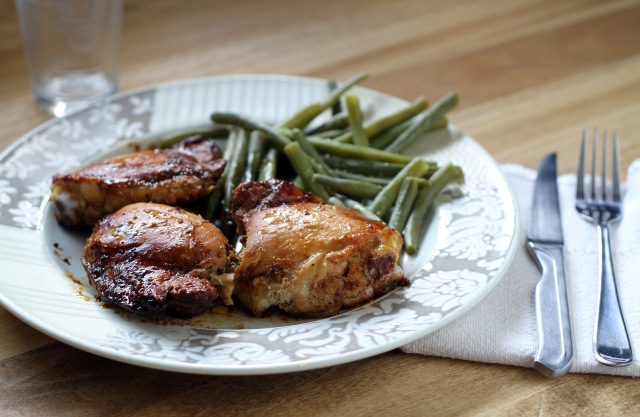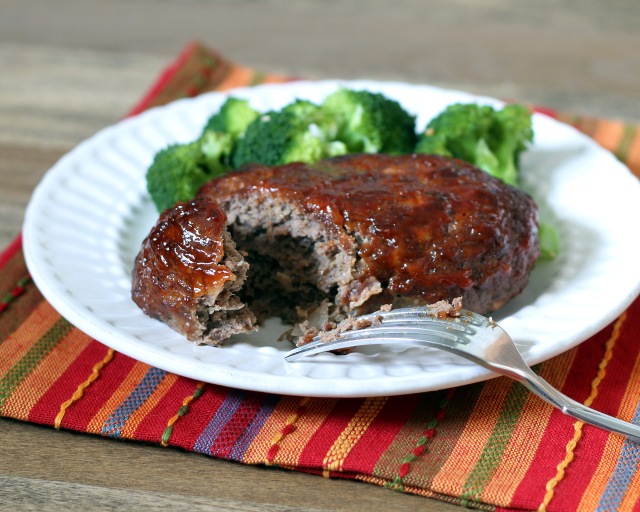Dang! I totally forgot about that bundle of kale I bought last week. I discovered it languishing in the back of the fridge this morning. I managed to salvage 5 leaves from it, though, to add to the veggie bowl I had in mind when I originally bought it.
A couple of weeks ago, I lunched with a pal of mine at VeggieGrill, a healthy-style fast food place. I ordered and devoured a Harvest Bowl, which included vegetarian sausage, roasted cauliflower, steamed kale, and some kind of creamy sauce. Rather yummy, I wanted to somewhat replicate it. Not sure how close I came to imitating it, but I’m very satisfied with this version.
Best of all, this dish is highly versatile. You can use rice of your choice or quinoa or any other grain or seed. Hot or cold. As for the veggies, add your favorites. Roast ‘em, like I did, or steam them or add them fresh. See what I mean about versatility? Also, you can serve it as a meal on its own or as a side dish.
I roasted my kale along with the other veggies simply because my hunger pains were making me rush (that’s just a fancy way of saying I was lazy). However, the roasted kale added a slightly charred taste, which I enjoyed. I also wanted to add grated carrots, but in my rush of hunger I forgot. And, thankfully, I had cooked the rice the night before so I would have some on hand for the week. I often do that with rice or quinoa. Anyhow, that quickened the process as well as lessened the work load.
And the dressing? The best part! Lots of tang from both the tahini and the lemon, and then lots of pungency from the garlic. It’s a zinger of a dressing that makes the nutty rice and earthy veggies totally pop with flavor.
All in all, a bowl loaded with healthy goodies = happy belly.
Veggie Bowl with Tahini & Lemon Dressing
Note: use your favorite veggies and favorite seasonings as well as your choice of grains for this dish; the ingredients below are just a starting point
INGREDIENTS
Rice/Veggies
- 3 cups cooked rice (brown or white) or quinoa (I used short grain brown rice which cooks up plump and chewy and nutty…I sometimes buy Lundberg brand or buy from bulk bins at Whole Foods)
- 1 small crown of broccoli
- 1 small yellow squash
- 5 leaves curly kale
- olive oil
- seasoning (I used Penzey’s Shallot Pepper, which is fantastic of all veggies, corn on the cob, and baked potatoes)
Tahini Dressing
- 1/4 cup freshly squeezed lemon juice
- 2 tbsp. tahini (which is sesame paste…I bought mine at Trader Joe’s)
- 3 cloves garlic, minced
- 1/2 tbsp. lemon zest (I actually left this out)
- 1 tsp. kosher salt
- 1/2 tsp. pepper
DIRECTIONS
- Cook rice or quinoa, following directions on package. For the short grain brown rice I purchased from the bulk bins at Whole Foods, I rinsed the rice thoroughly using a strainer, then added it to a pan with 2 cups chicken broth (water or vegetable broth works, too). I brought it to a boil, reduced it to a simmer, and cooked covered for 25 minutes. Keep it covered for 10 more minutes after cooking, then fluff with a fork. This makes about 3 cups cooked grains. It keeps well in the refrigerator for several days. Just microwave when ready to use after refrigerating if you want hot rice.
- Preheat oven to 350 degrees F.
- Chop broccoli and squash into bite-sized pieces; place in roasting dish. Separate kale leaves from stem, then tear into small pieces; add to dish. FYI: If you don’t want your kale charred, I suggest adding it after 10 minutes of baking. Or massage it instead to tenderize it (yep, it really works!). Or steam it.
- Generously drizzle olive oil over vegetables, then give a hearty sprinkling of your favorite seasoning (or I bet skipping the seasoning would be fine because the dressing gives a powerful punch of flavor). Toss to mix. Roast veggies for 15-20 minutes, until done to your desired tenderness.
- For Tahini Dressing: While veggies are roasting, place lemon juice, tahini, minced garlic, zest, salt, and pepper in a small food processor and pulse until mixed. Alternatively, you can just whisk with a fork until it’s all mixed. Or even easier, shake it in a container. If the dressing needs thinning, use a bit of water.
- When veggies finish roasting, toss with dressing, then add to rice and mix.
SOURCES: inspired by the Harvest Bowl at VeggieGrill; dressing from A Full Measure of Happiness



























